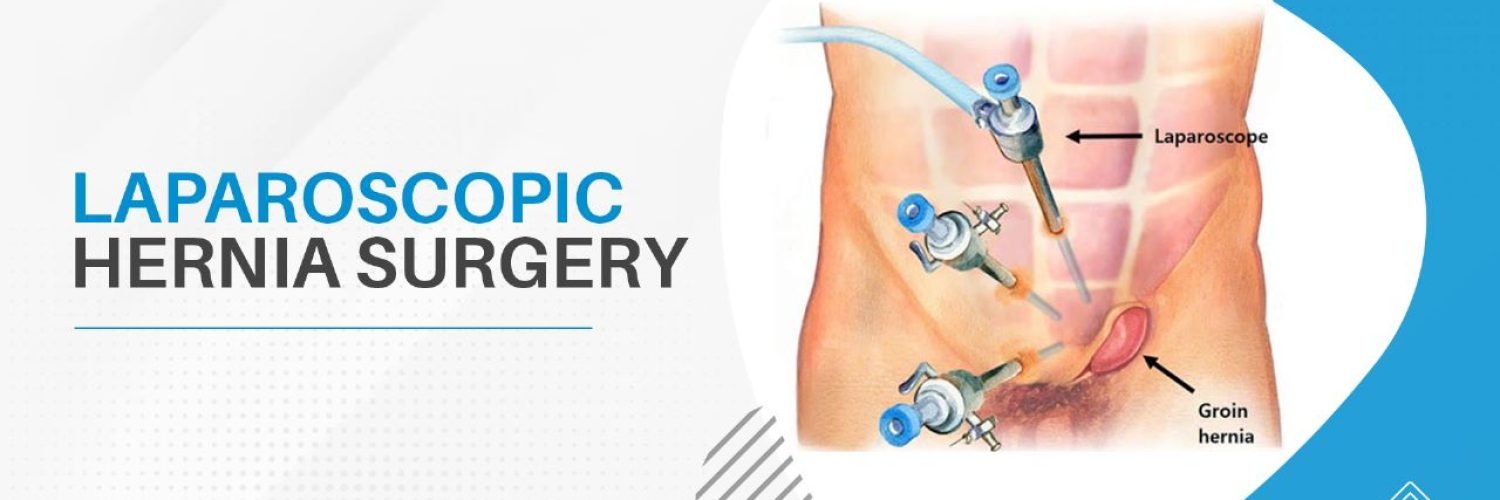- Abdominal Hernia Surgery in Dombivli
- Anal Fissure Laser Surgery in Dombivli
- Appendix Treatment in Dombivli
- Bariatric Surgery in Dombivli
- Best Laparoscopic Surgeon in Dombivli
- Blogs
- Cases Operated
- Colorectal Cancer Treatment in Dombivli
- Contact us
- Custom
- Dr Rahul Mahadar
- Dr. Dhanashree Mahadar
- Endoscopy Clinic in Dombivli
- Ent Surgeon in Dombivli
- Gall Bladder Cancer Surgery in Dombivli
- Gallbladder Stone Treatment in Dombivli
- Gastrointestinal Surgeon in Dombivli
- Hernia Surgeon in Dombivli
- Home
- How to Choose the Right Gastroenterologist Near You
- Laser Fistula Surgery in Dombivli
- Laser Piles Surgeon in Dombivli
- Pancreatic Cancer Treatment in Dombivli
- Services
- Specialities
- Stomach Cancer Treatment in Dombivli
- Testimonials
- Video


Laparoscopic Hernia Surgery is one of the most advanced surgical procedures mainly used to remove or repair Hernia. It is performed by minimally invasive technique. Laparoscopic Hernia Surgery is also known as Keyhole surgery. Hernia is usually treated with surgery. A Hernia is a bulge or swelling that occurs as an inner body part comes through a weak area of muscle or tissue wall. It most frequently occurs when an organ or internal tissue pokes through a hole or weakness in abdominal muscle wall.
In Hernia condition, patient can notice a swelling or lump in the stomach area or groin. Surgeon performs the most appropriate type of laparoscopic surgery based on the location and severity of hernia. Doctor always recommends Laparoscopic Hernia Surgery for inguinal hernias that are causing pain.
Most of the Hernias are found in the abdomen. Hernias are commonly found on the weakness areas in the abdominal wall. These areas include the groin, upper stomach, area of surgical scars and belly button.
The most common types of Hernia include:
- Inguinal Hernias
- Femoral Hernias
- Umbilical / Periumbilical hernias
- Incisional Hernia
Goals of laparoscopic hernia surgery are:
- To relive pain
- To return the hernia abdominal organs to their correct place
- To strengthen the weak muscle area
- Laparoscopic Hernia Surgery is one of the most common surgical procedures and it is performed by minimally invasive technique. It is primarily used to repair hernia. Laparoscopic Hernia Surgery is more advanced and effective than open surgery.
- Laparoscopic Hernia Surgery is usually performed under general anesthesia.
- Before the surgery, surgeon evaluates patient’s general state of health including a patient’s family history, physical exam and an electrocardiogram (EKG).
- Surgeon makes several smaller incisions near the hernia. Usually incisions are made in or just below the navel.
- In Laparoscopic Hernia Surgery, surgeon uses a laparoscope which is a thin, telescope like instrument. Surgeon inserts this laparoscope through a small incision at the umbilicus (belly button).
- Patient does not feel any pain during this surgery. The laparoscope is connected to a tiny video camera that projects an “inside view” of patient’s body onto television screens in the operating room. The surgeon uses images sent from the laparoscope as a guide to repair the hernia with mesh.
- Then the abdomen is inflated with air so that surgeon can view patient’s internal structures. The peritoneum (the inner lining of the abdomen) is cut to expose the weakness in the abdominal wall.
- Finally, Mesh is placed on the inside to cover the defects in the abdominal wall and strengthen the tissue.
- After the completion of Laparoscopic Hernia Surgery, the small abdominal incisions are closed with a stitch or with surgical tape. The incisions are barely visible just within a few months. Laparoscopic Hernia Surgery takes around few hours.
- Laparoscopic Hernia Surgery always has a higher success rate and it is highly safe.
- Laparoscopic Hernia Surgery is a routine procedure. It is highly safer and does not involve any severe complication.
- Most patients who have laparoscopic hernia repair surgery are able to go home on the same day or on the next day. Recovery time is much faster than open surgery which is about 1 to 2 weeks. Patients can perform light activities after 1 to 2 week.
Every patient after undergoing Laparoscopic Hernia Surgery should take necessary precautions to avoid complications in the future. The major risk is the recurrence of hernia after the surgery. It is advisable for a patient to strictly follow doctor’s instructions to get rid of painful hernia.
- Patient should strictly avoid strenuous activities for few weeks.
- Patient should take medicines as per the prescription only.
- Patient should immediately contact doctor in case of any pain or any discomfort.
- Patient should regularly visit doctor for checkups.
Laparoscopic Hernia Surgery is more beneficial than traditional open surgery. Major benefits of Laparoscopic Hernia Surgery are:
- Less Pain
- Faster Recovery
- Fewer Chances of Infection
- Less Blood Loss
- Less Scarring
- No Big Tissue Cutting
- Quicker Return To Normal Activities

